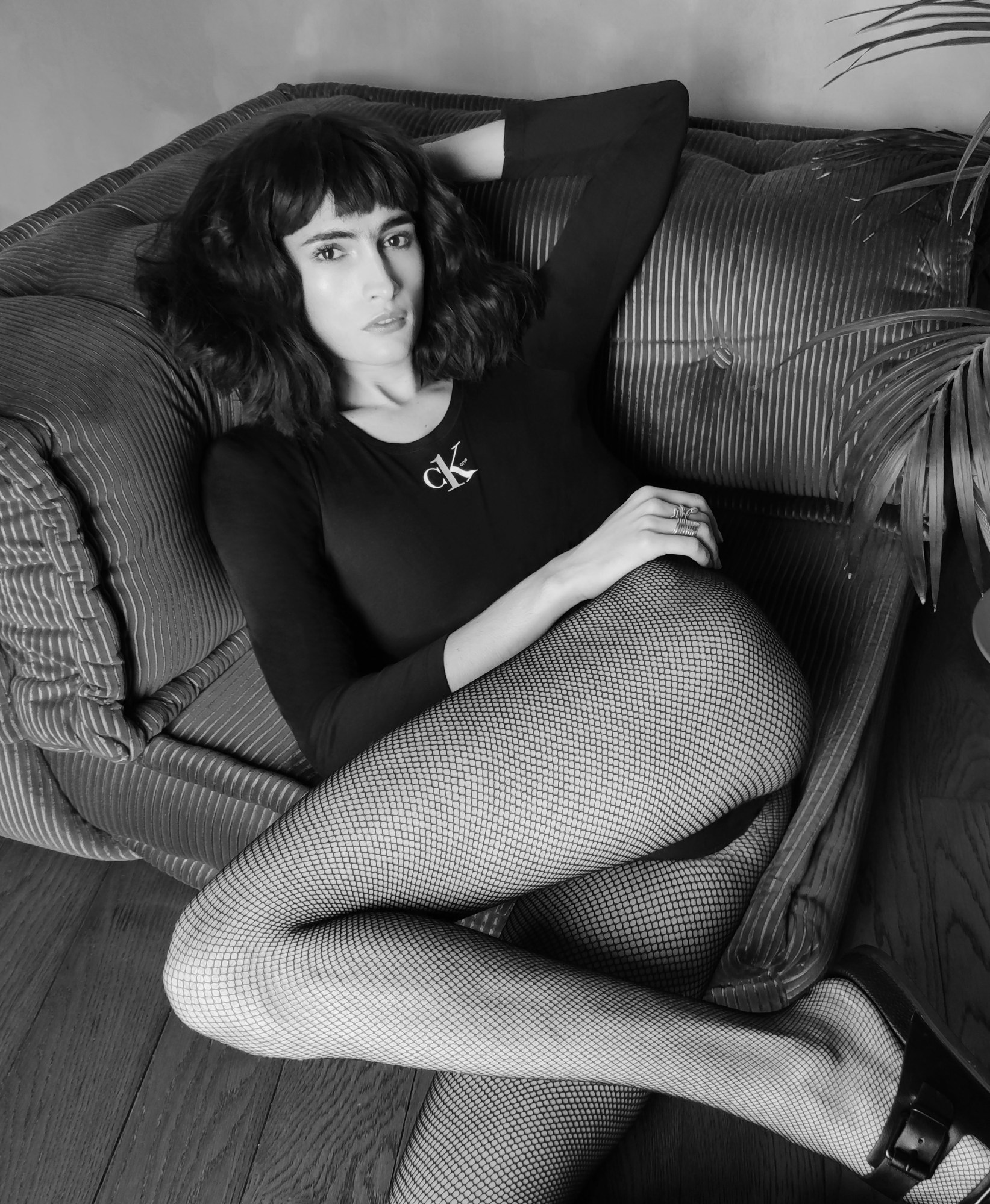Over the course of this year, we’ve all experienced moments when it’s been tough to find cause for celebration — and for members of queer communities especially, 2020 hasn’t exactly been one big parade. Still, though coming together in the flesh to celebrate our identities and communities may have off the cards this year, queer folks around the world have demonstrated inspiring dynamism and resilience. We’ve proven that queer pride lives long beyond the confines of a single Pride parade or month — it’s something we each carry within us, every day of every year.
To celebrate the joy of self-expression and the full spectrum of LGBTQIA+ identities, Calvin Klein launched #PROUDINMYCALVINS, inviting nine trailblazing queer individuals from across the globe to express their most authentic selves in a series of videos and stills. Over the course of this year, Calvin Klein has also teamed up with global queer community leaders to celebrate themes of love, family, coming out allyship and identity — they’ve also released a Pride collection to boot, available all year round. Eager to keep the party going, i-D enlisted five emerging LGBTQIA+ artists to discuss what pride means to them, the communities their part of, what makes queer life in the cities they live in so exciting, and the changes they want to see made in the ongoing fight for queer equality. Here, we pass the mic to Pepe Serrano. Describing herself as a practitioner of “the art of transformation”, she uses her trans identity as an artistic medium, interpreting the folkloric traditions of her native Andalusia through a resolutely contemporary queer lens.

What does pride mean to you?
Accepting who you are and experiencing the power that comes from that. LGBTQ+ people are constantly researched — we're always being discussed in terms of our rights, our bodies and the chemicals of our bodies. Pride is the thing that brings us together and allows us to share our power as a community. It's about letting go of categorisations and definitions and coming together as a collective. It’s a form of resilience.
What would you say gives you the most pride in what you do?
Seeing that once you liberate yourself and carry yourself with pride, it really has immense effects on your community. When my audience sees me doing what I do, it liberates them too, it inspires them to become who they are. Pride inspires others to be proud too, it's such a magical thing. You expand your power, and that allows others to discover theirs.

When did you begin using your queer trans identity as a vehicle for your creativity?
It started with performance art. When I was doing theatre, I was always asked to play female characters, and I saw how differently the audience reacted when I presented in a more androgynous or female way. Something really clicked — I was connecting with my real frequency. That was the point where it started, but it was a transition that I didn't realise I’d undergone until years after it was completed. Once I started presenting as I truly was, people really started to connect with me. But the more I do what I do and the more experience I get, the more I realise that I'm doing exactly what I was doing when I was five years old — playing with my identity and trying to transform myself into the things that I admire. Back then, the notion of finding beauty in monstrosity was really important for me. And now 20 years later, I find myself doing the same thing, being this transgender vampire singing flamenco.
What are the best things about being queer, trans and living in Madrid
It’s a really free and open city. Anything can happen to you in a second, as so many different kinds of people connect in the same places. You can be out somewhere, and then suddenly find yourself together with an idol of yours from a completely different generation. There aren't really any hierarchical structures, everything is quite fluid.

Do you consider yourself to be part of a particular community?
My community is mainly formed of queer and trans artists. It's what inspires me and my work and makes me want to create. There are so many great artists and activists in our history, and for me, being part of a community is about learning our history — because it isn’t taught otherwise. We all know about Stonewall and these huge things that happened mainly in the US, but I think we have to make the effort to research our own history, and we can only do that by connecting with the people that have lived it or have been told what happened. That’s why I say that my community is like my classroom, where I learn to create, to share this history, and get inspired to be a part of it.
It’s often said that the first Pride was a riot — half a century on from Stonewall, what do you think we still need to be fighting for?
To stop fighting internally. We need to forget some of our personal necessities and start acting as a whole. And we have to be political, which means many things — yes, it's being actively defiant, but it's also the way you act in your day-to-day life. Just presenting as who you are is a strong political act.
